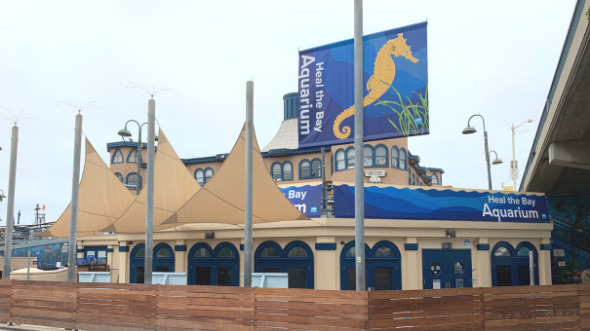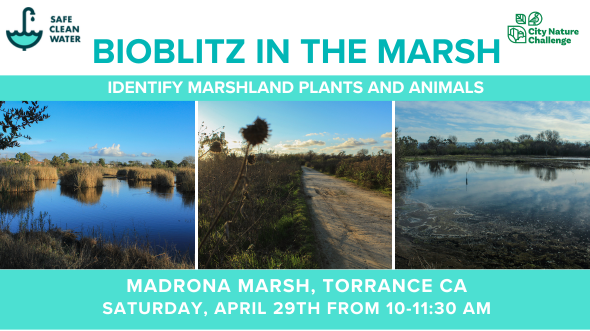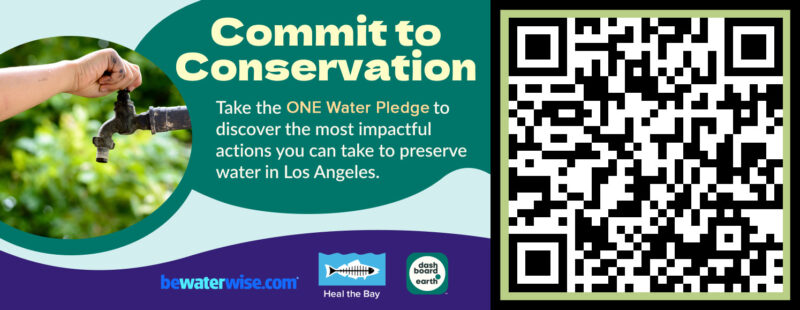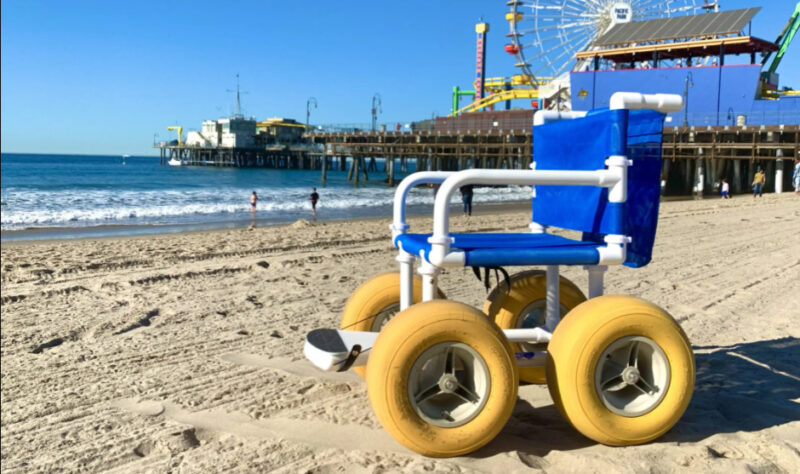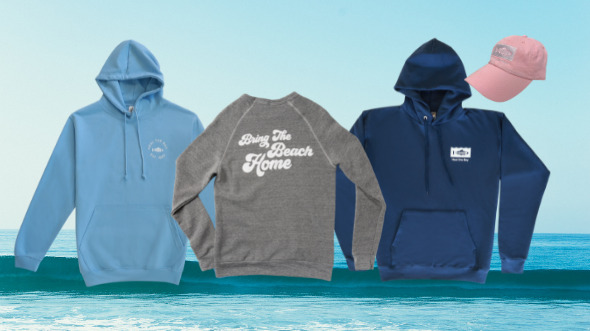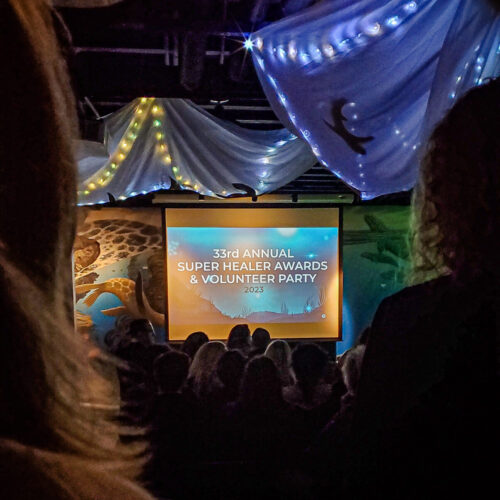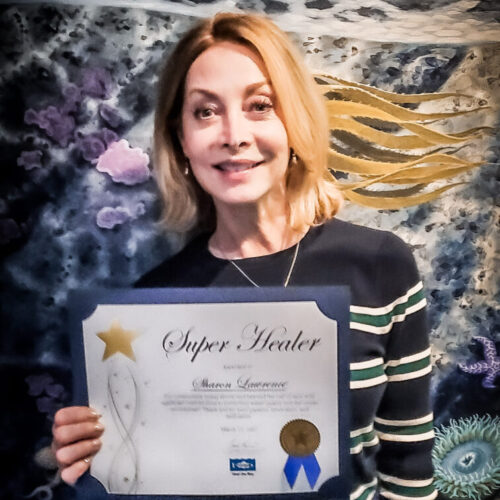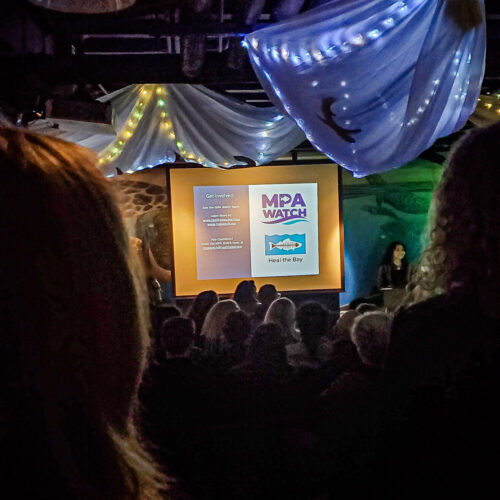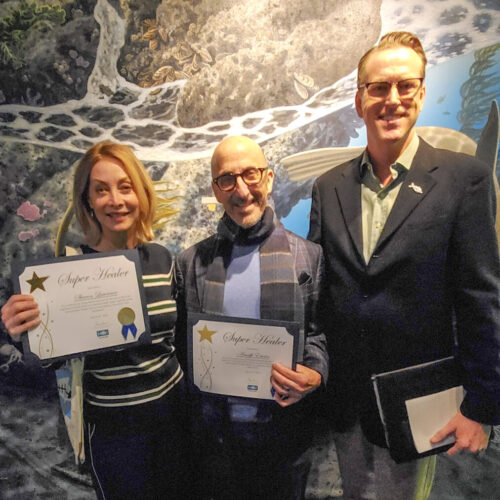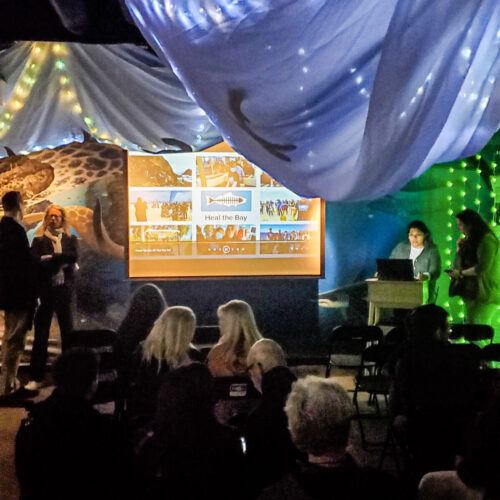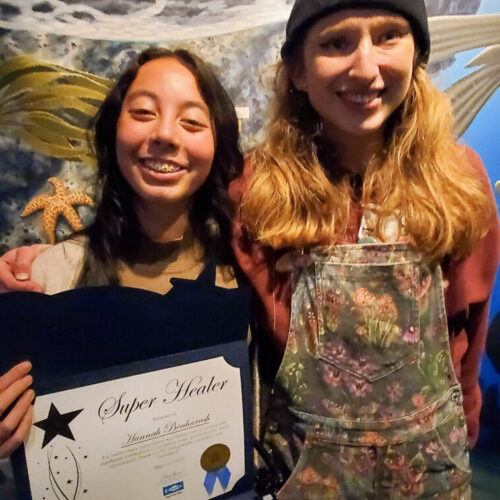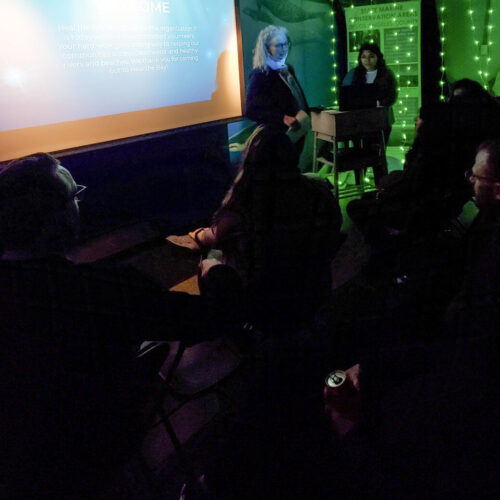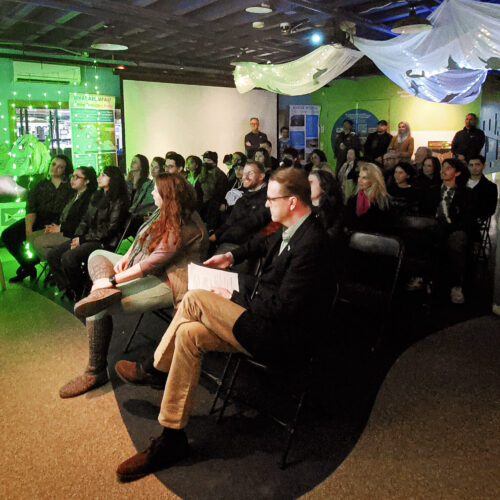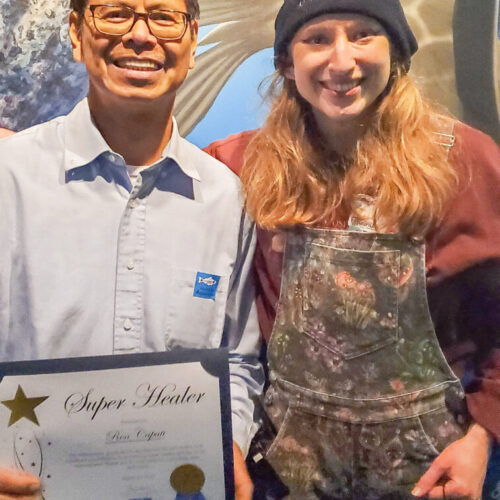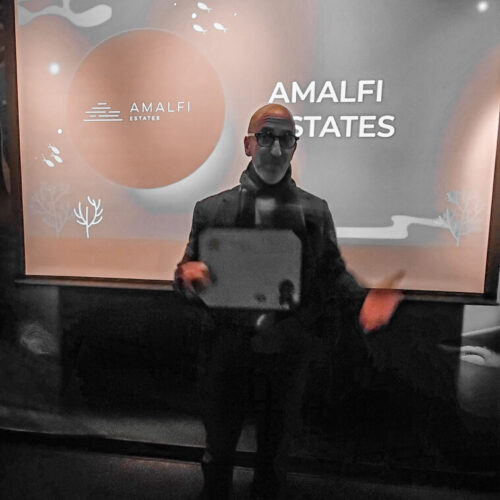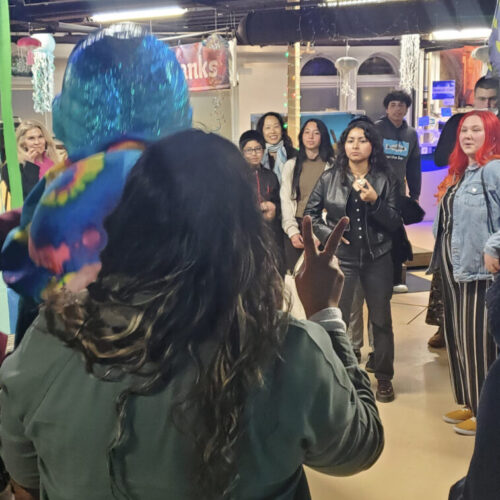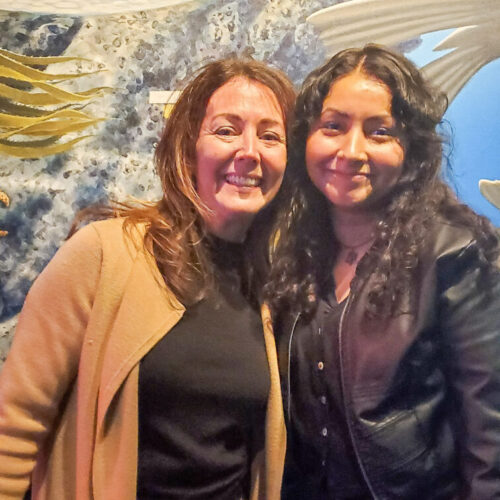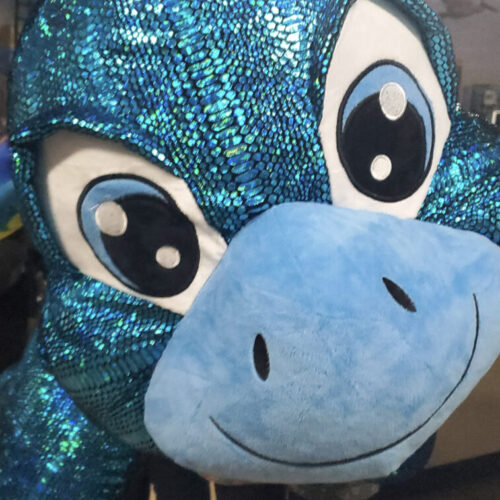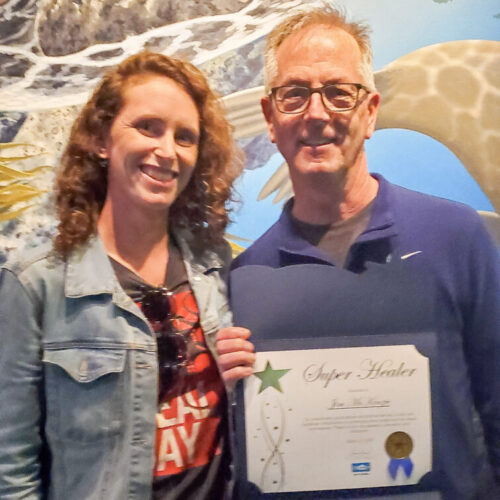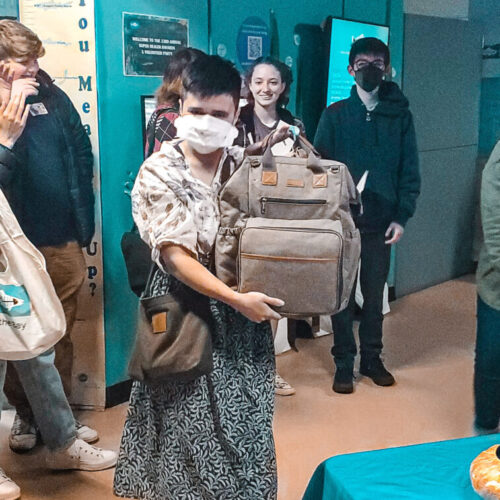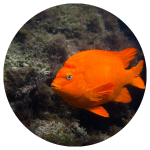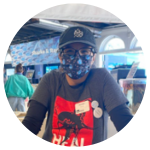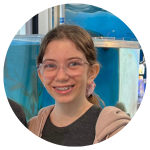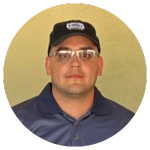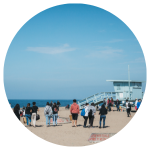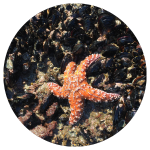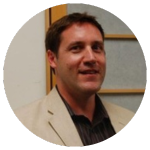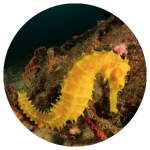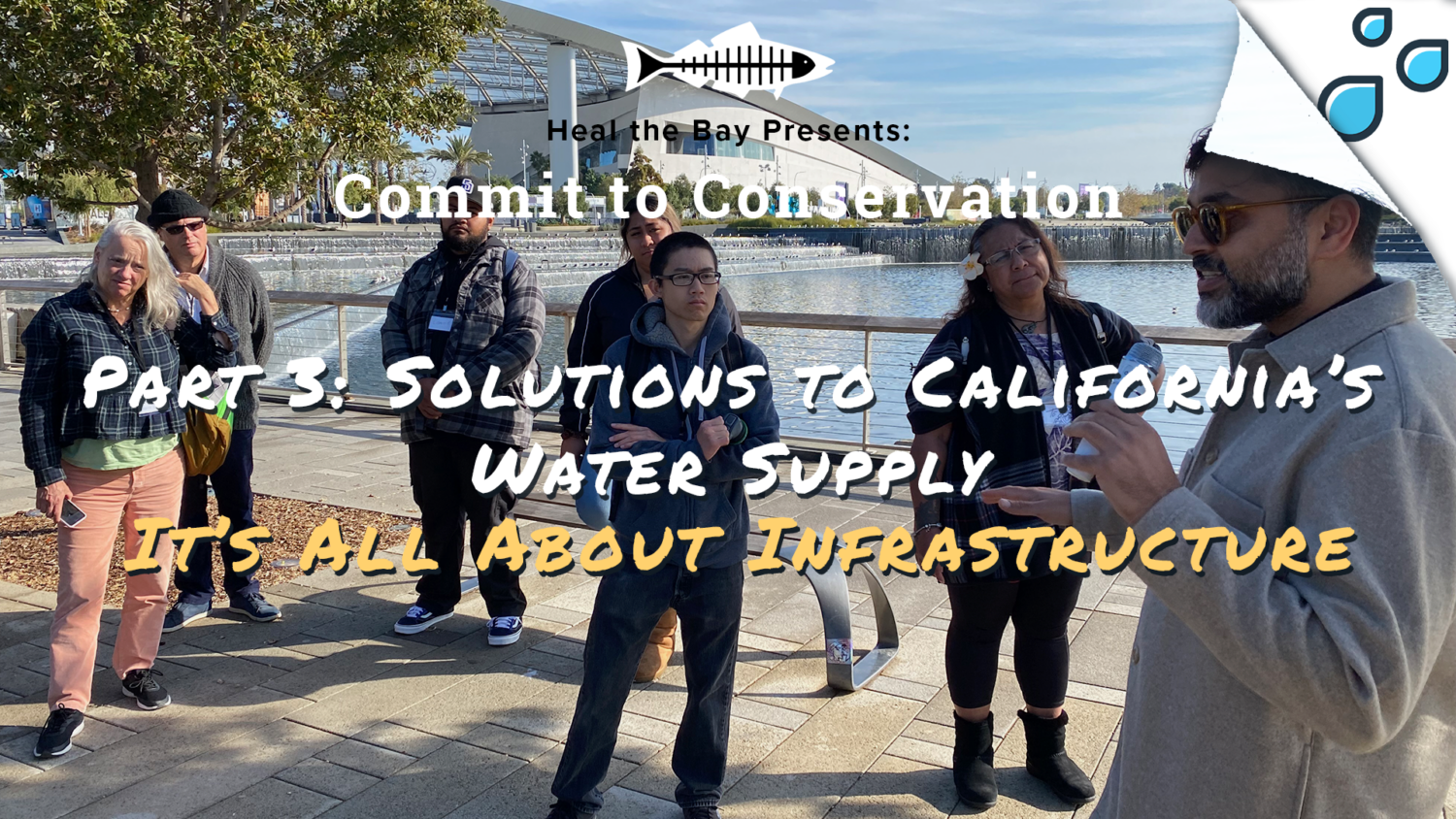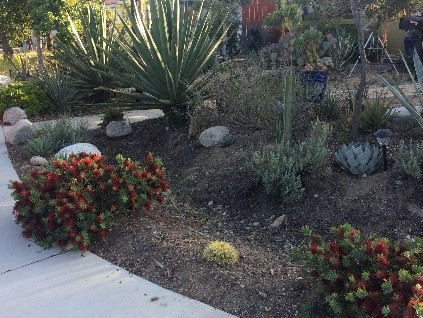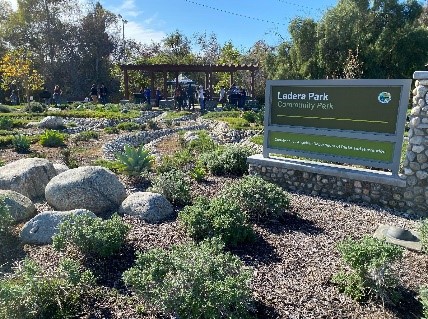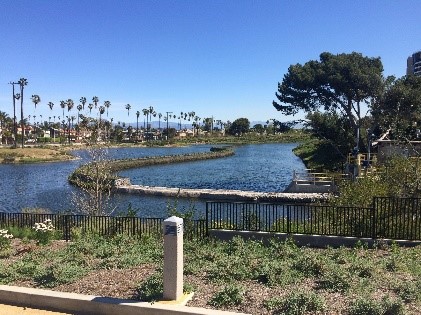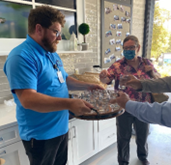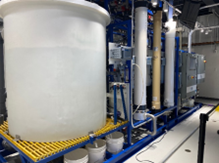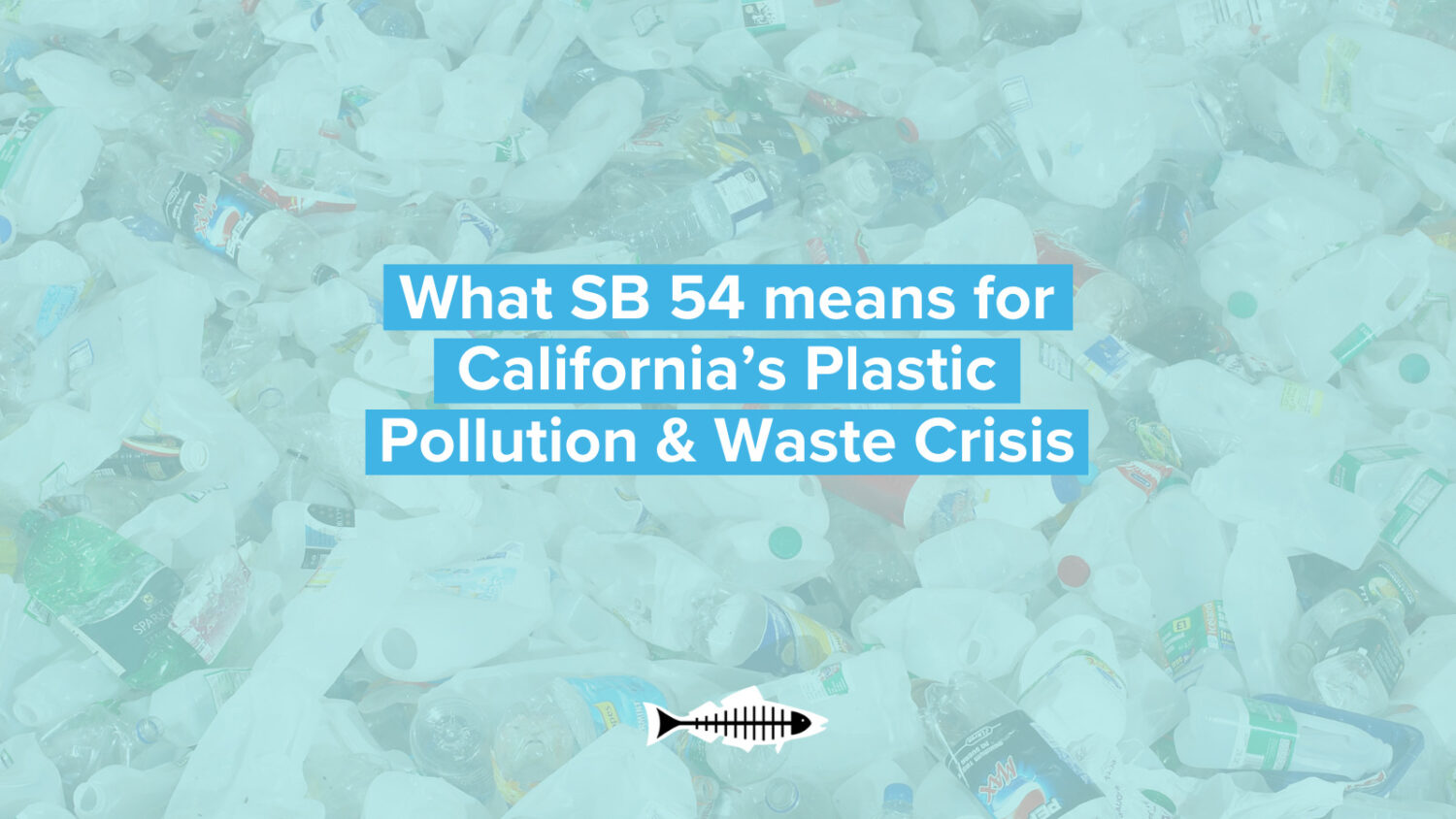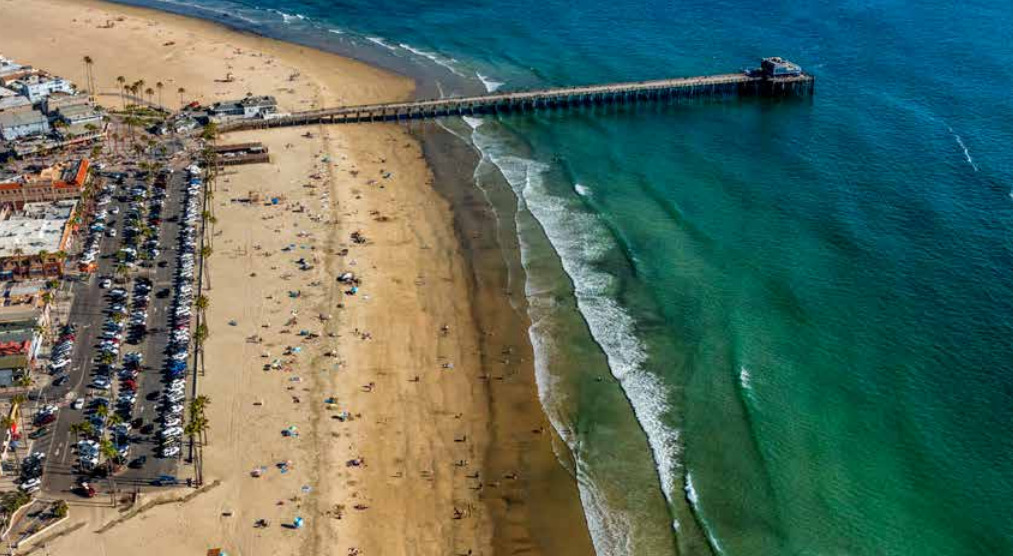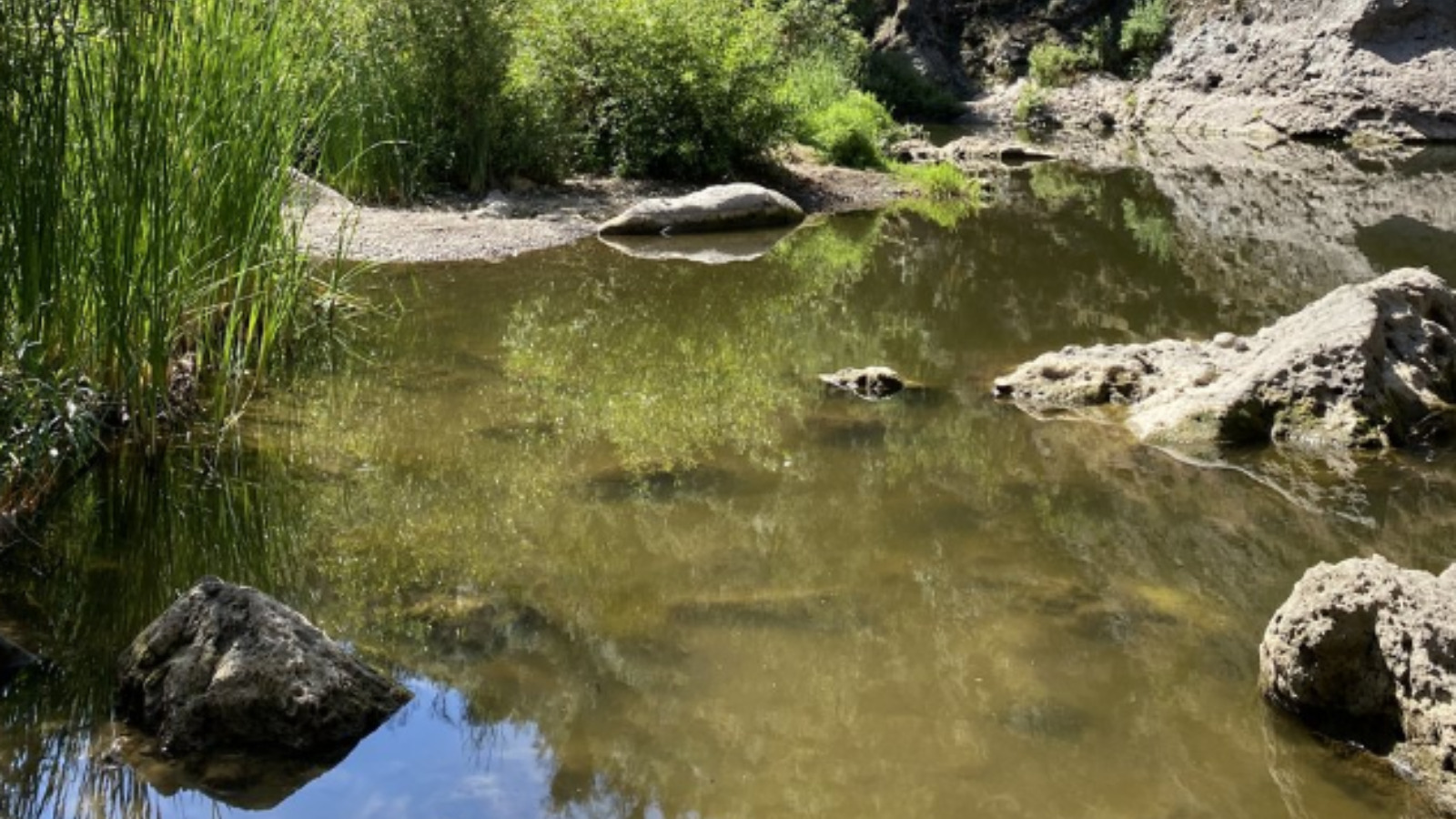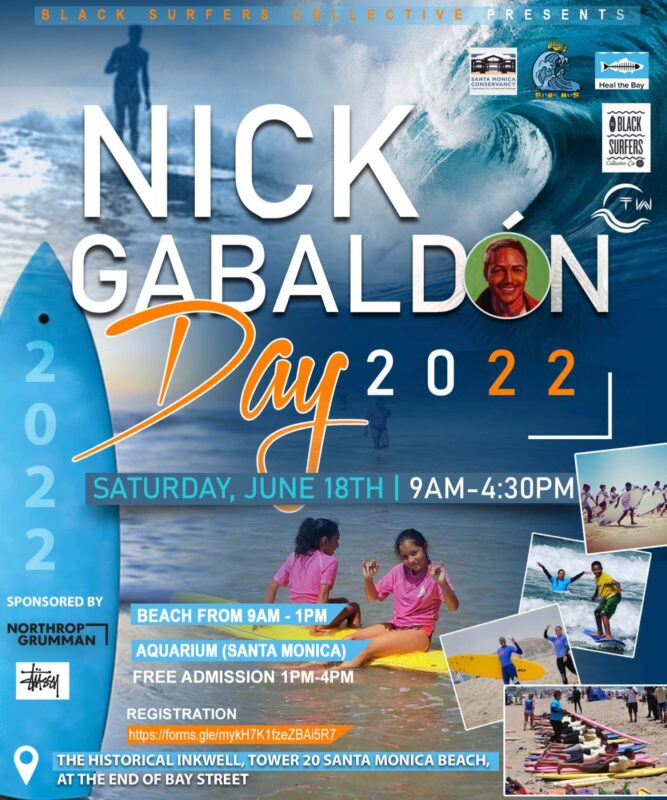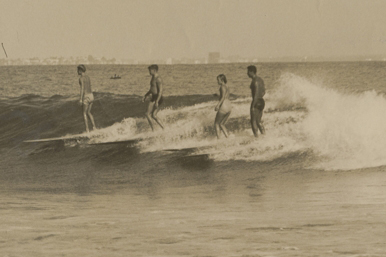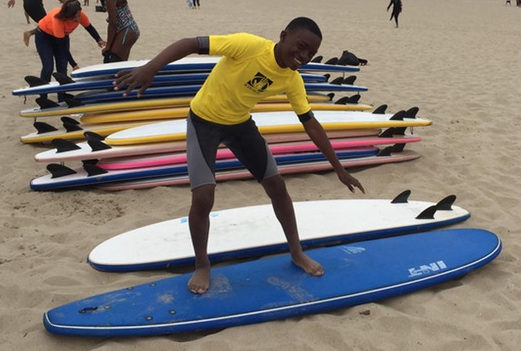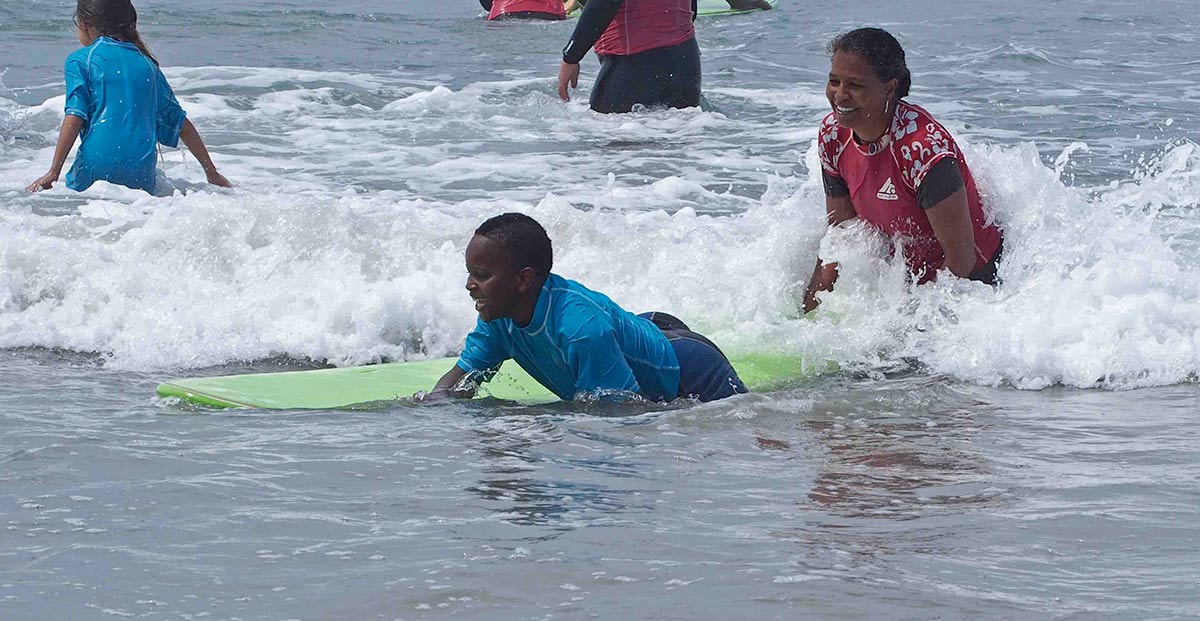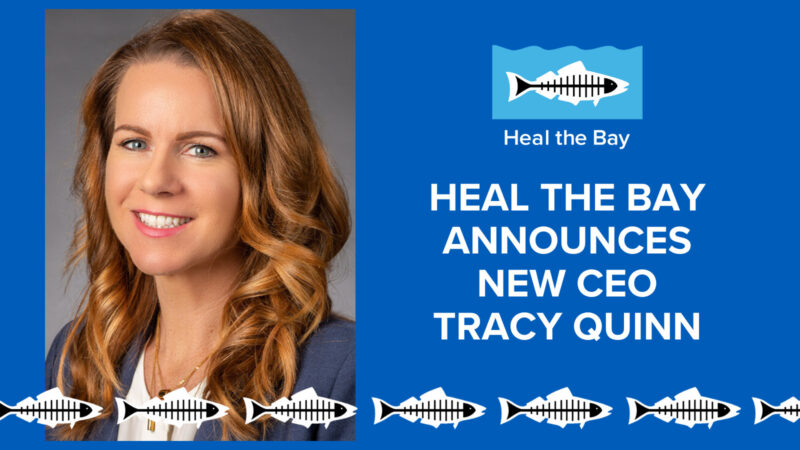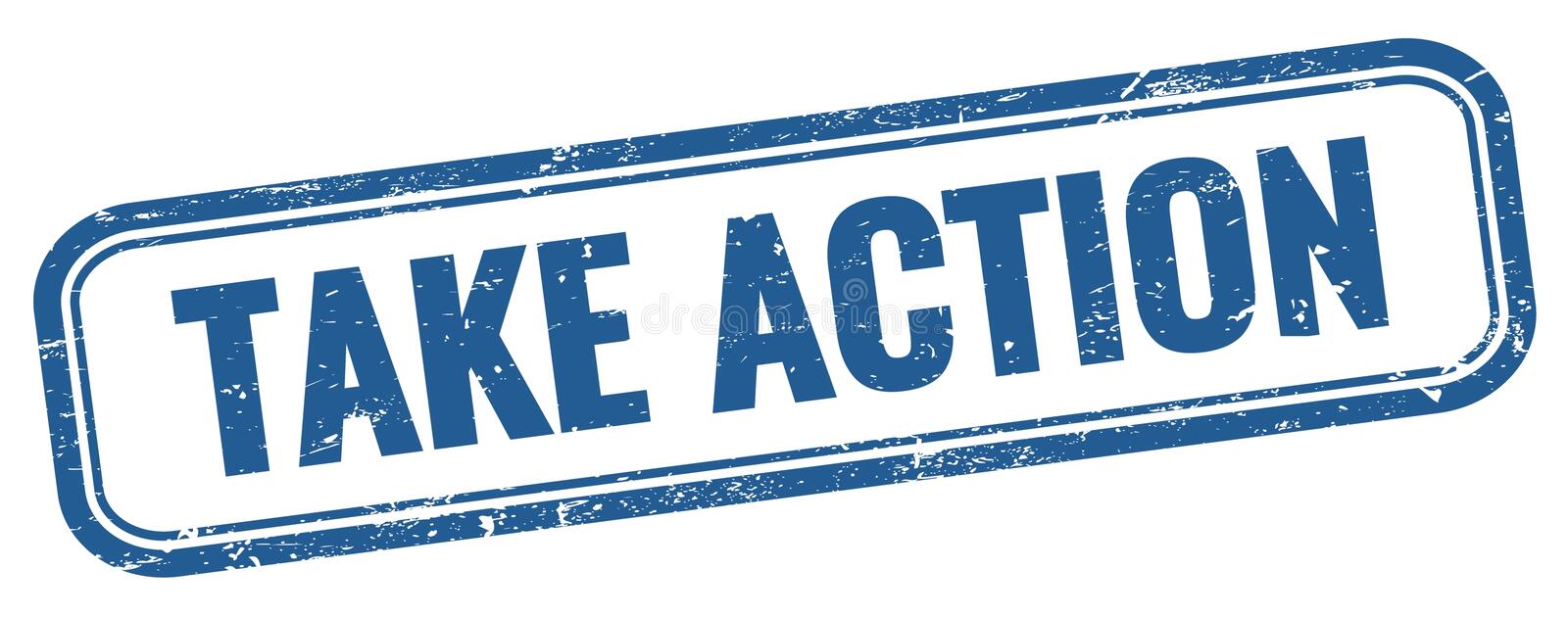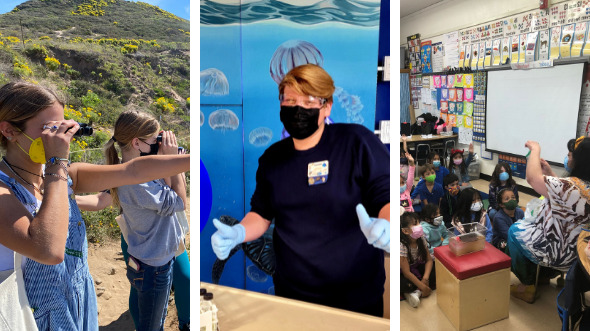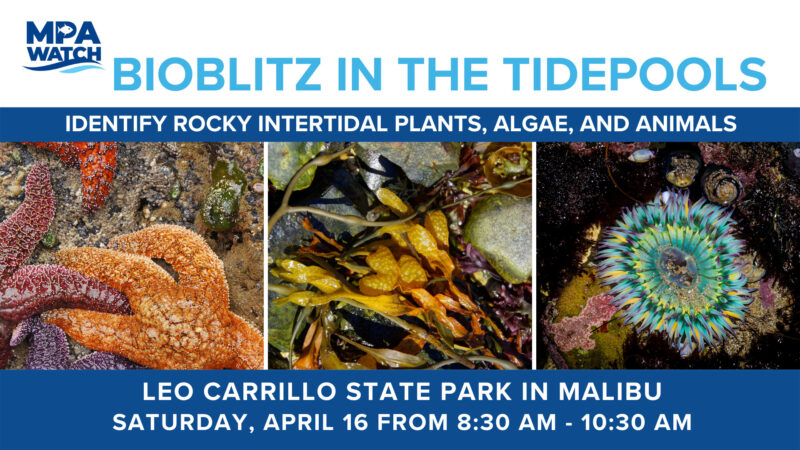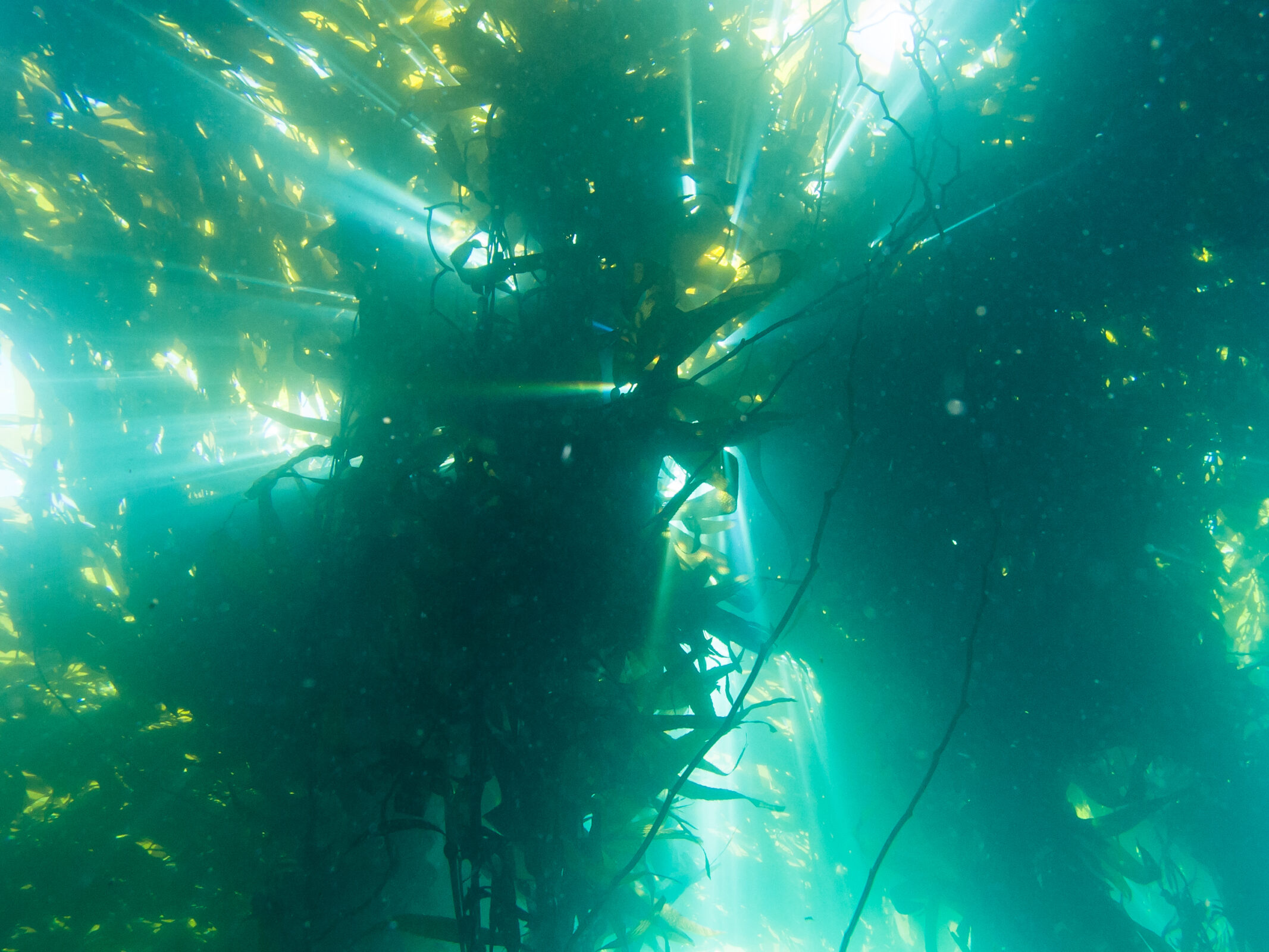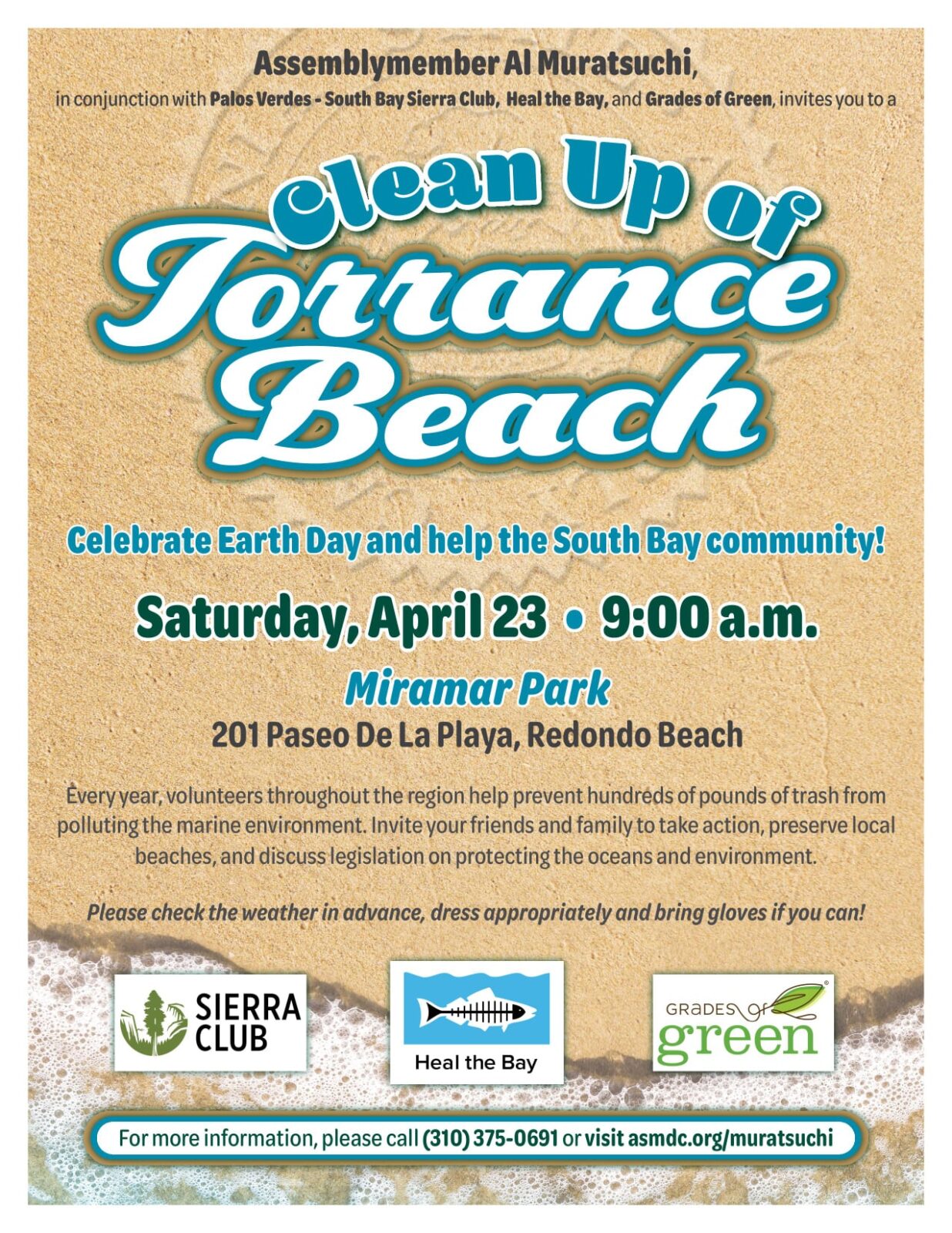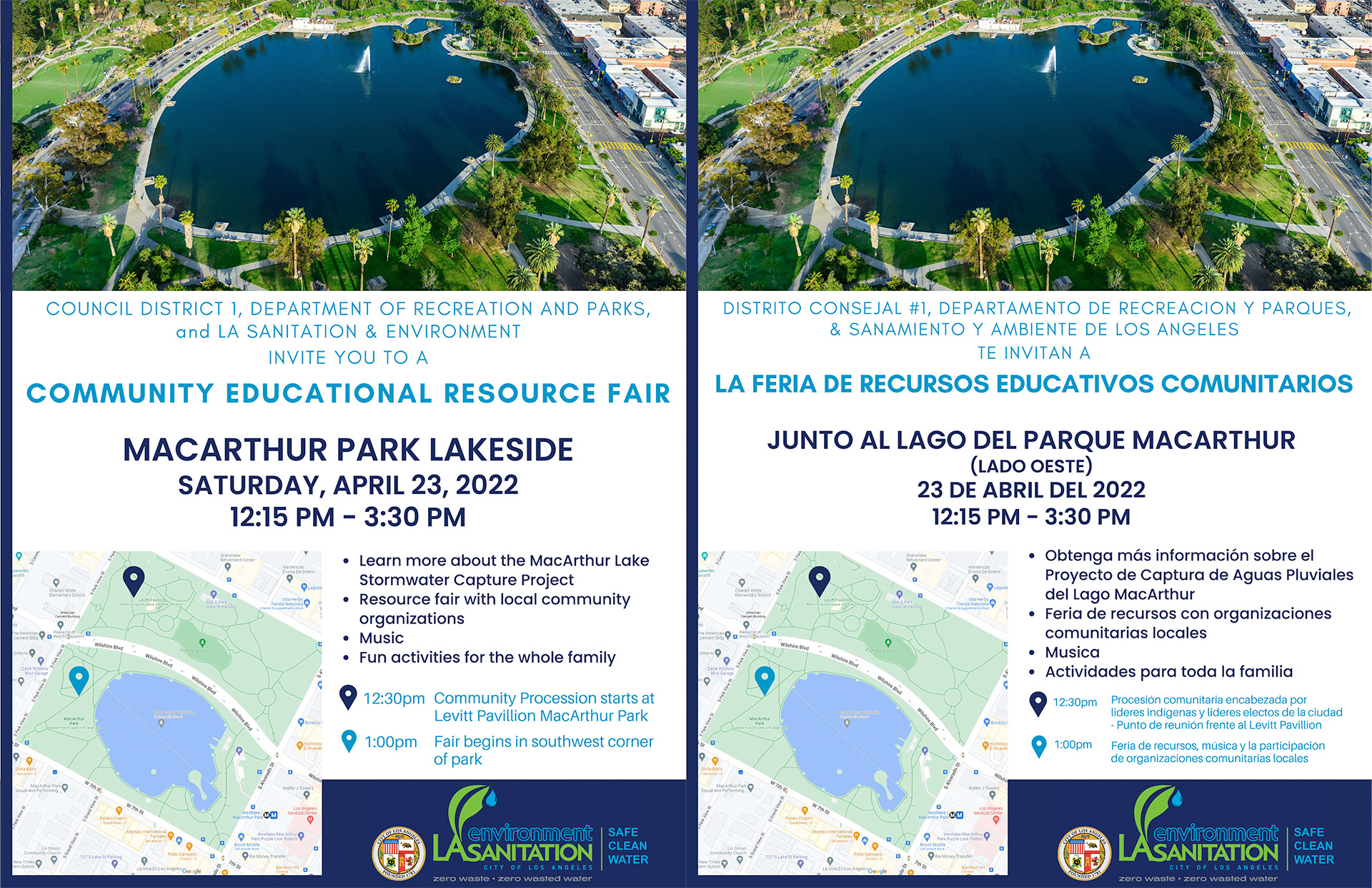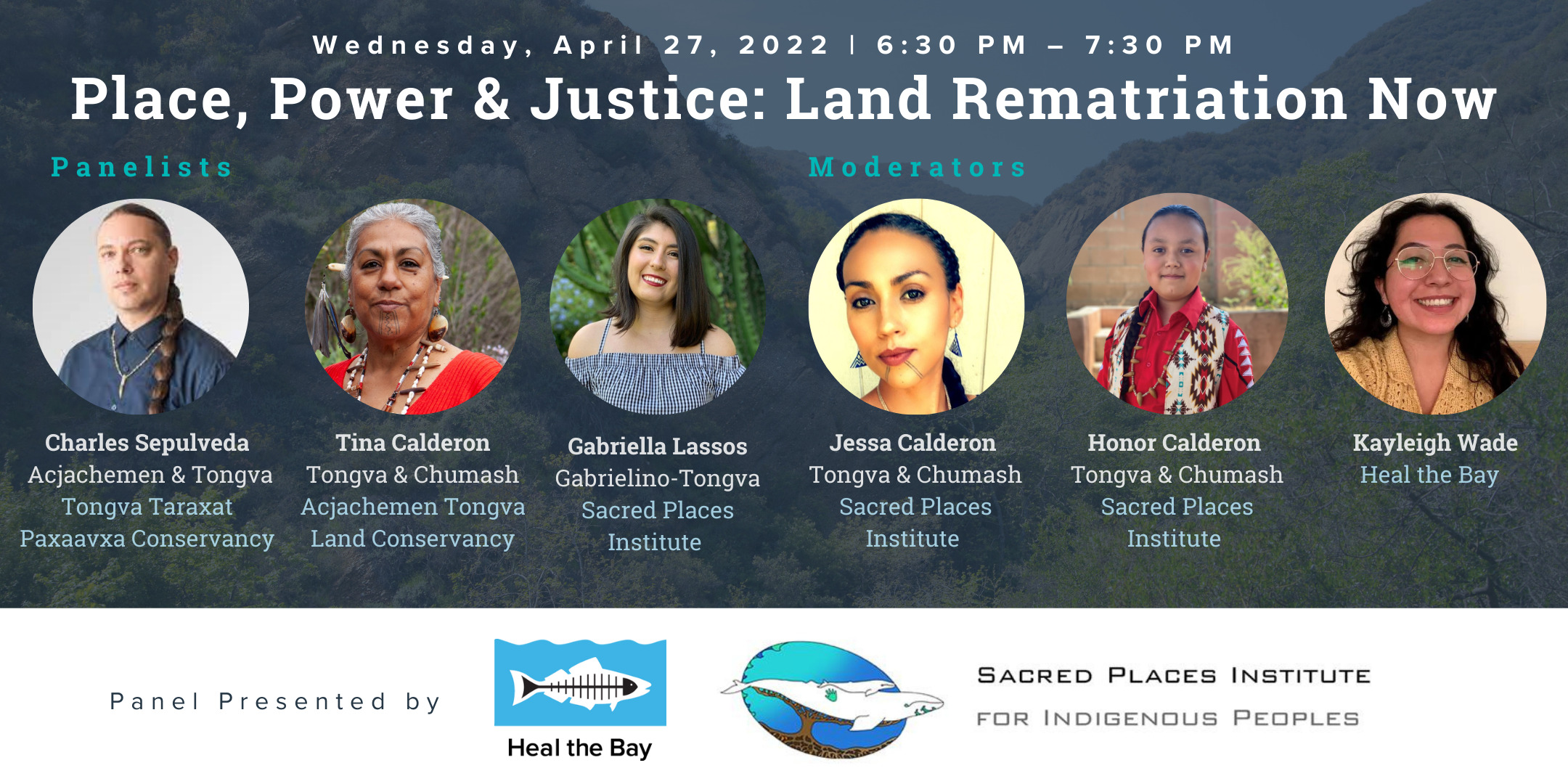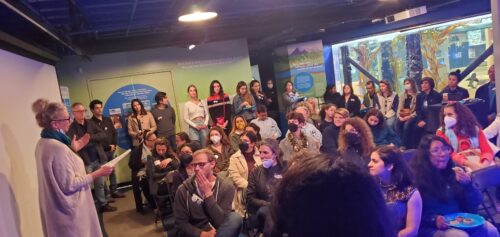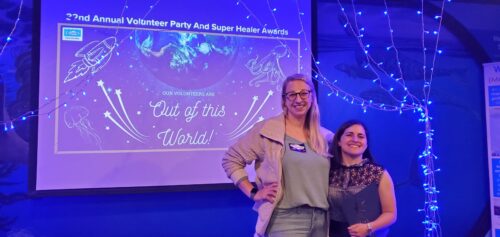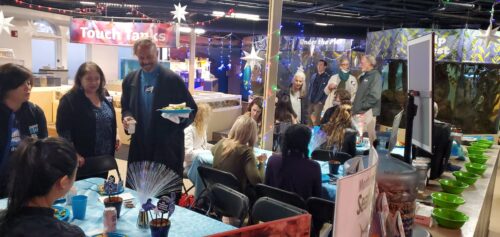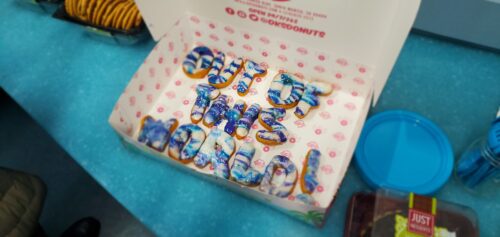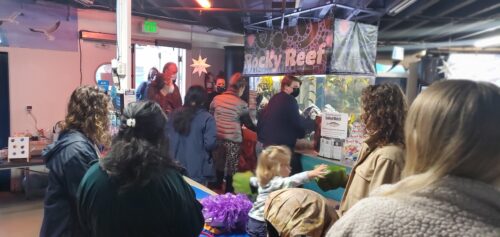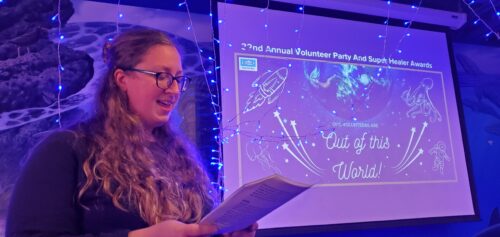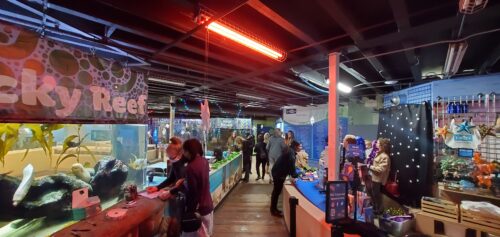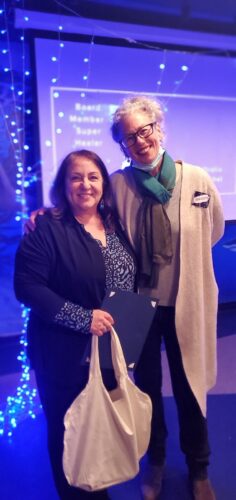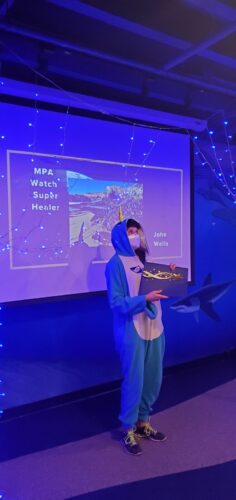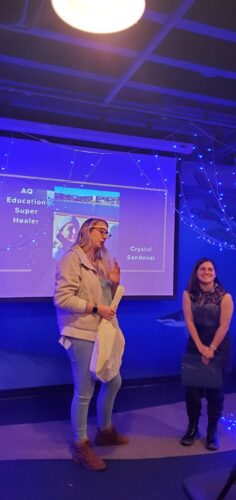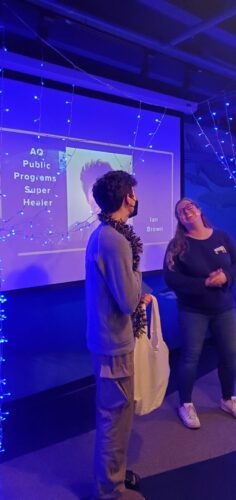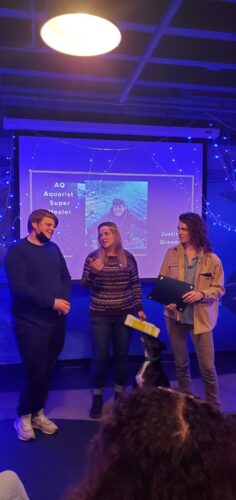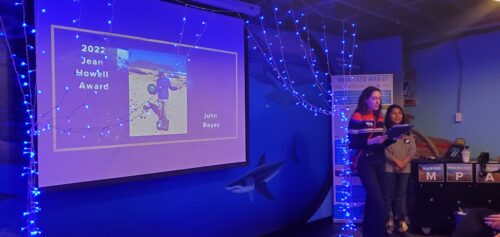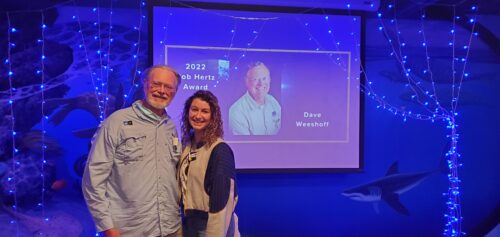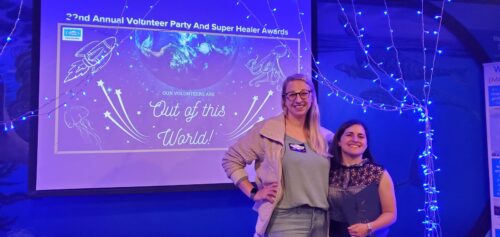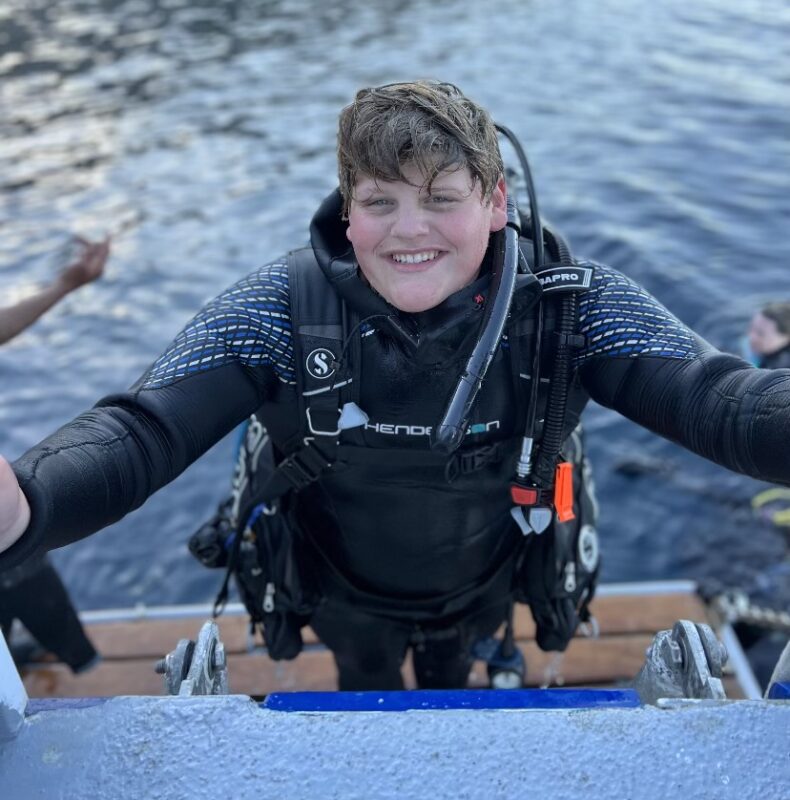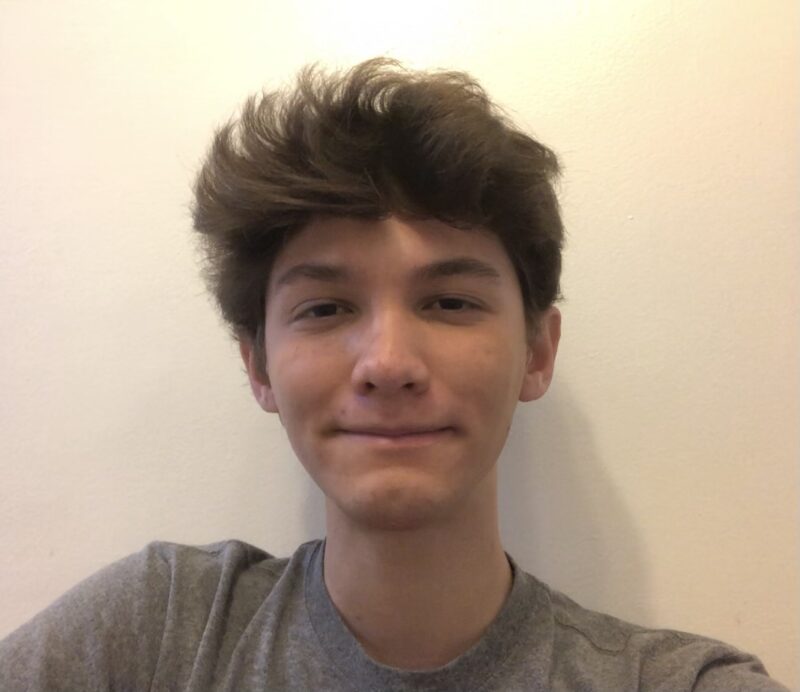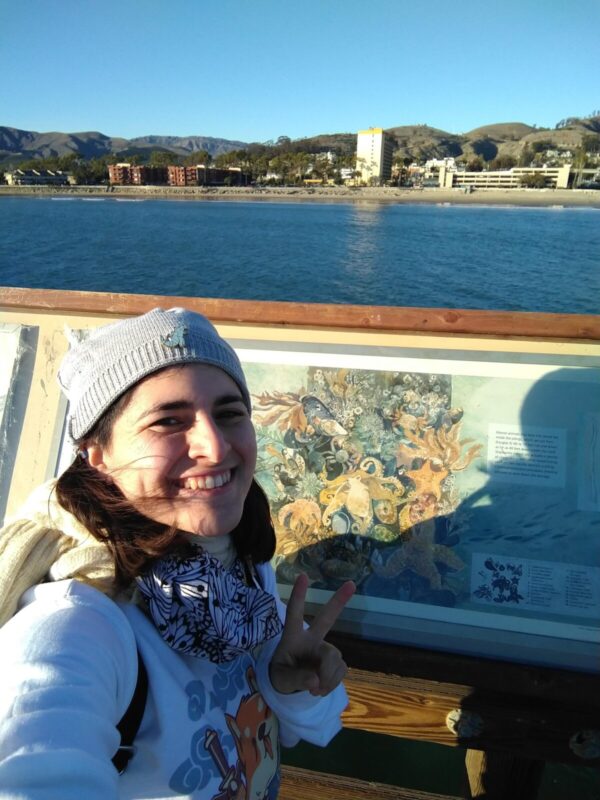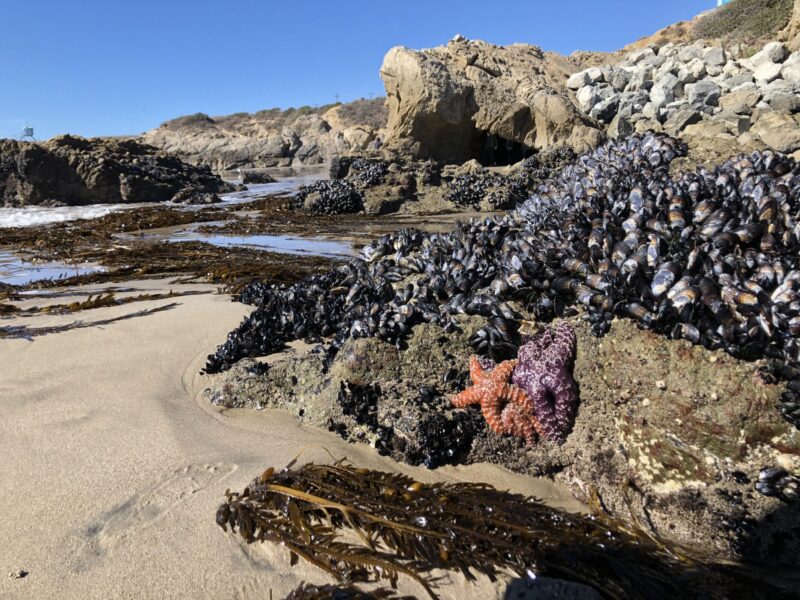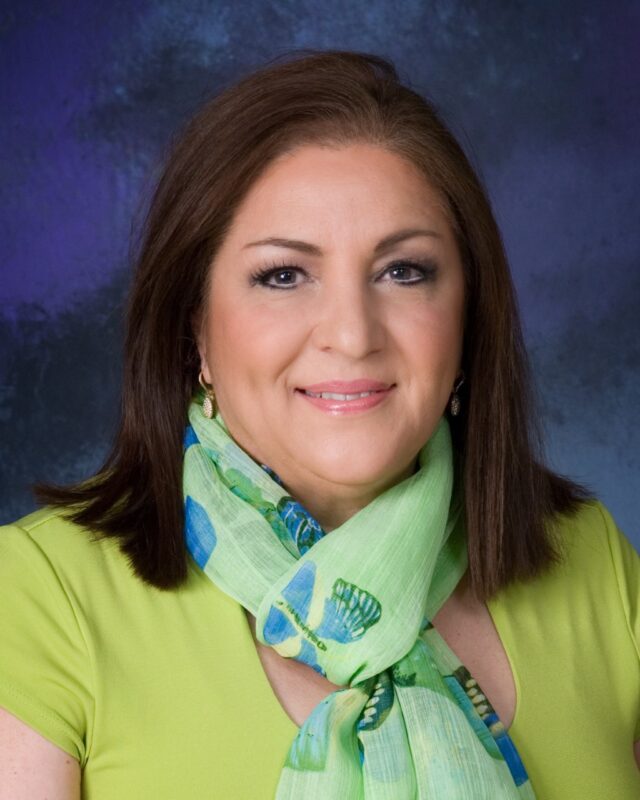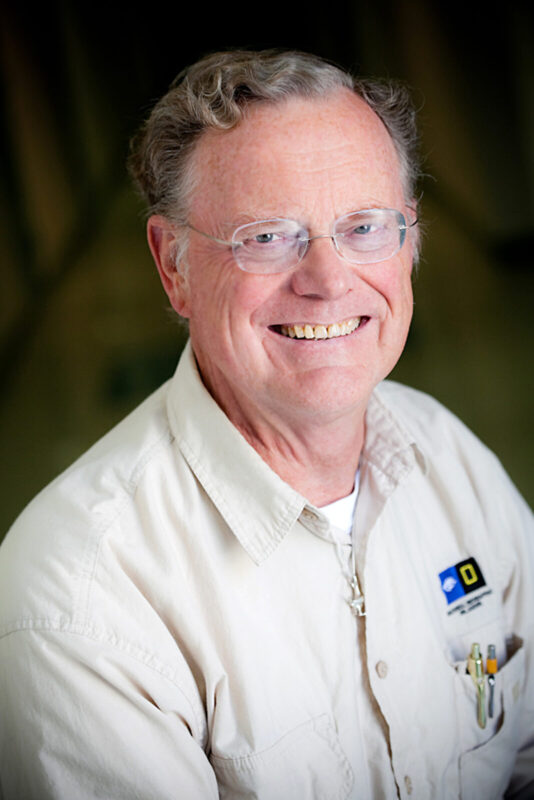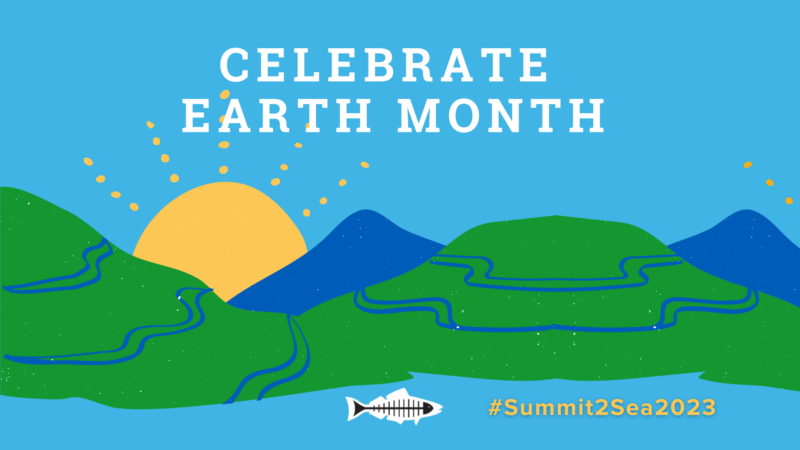
Earth Month is here! Heal the Bay is excited to celebrate this April from #Summit2Sea. Our waterways are precious and care for them is an essential part of keeping the Earth healthy. This April, make time to honor and care for them, from the San Fernando Valley to Mulholland all the way to the sands of Santa Monica Bay. Greater Los Angeles offers opportunities to learn ways to conserve, go outside to do some good, and celebrate our precious blue planet with Heal the Bay all month long.
Individuals, households, schools, businesses, and community organizations are all invited to attend Heal the Bay’s Earth Month events. Our inspiring and fun activities all contribute to our dedication to protect Southern California coastal waters, rivers, creeks, and beloved beaches from Summit to Sea. Join us and bring your family and friends to help Heal the Bay.
Heal the Bay Earth Month 2023 Calendar of Special Events
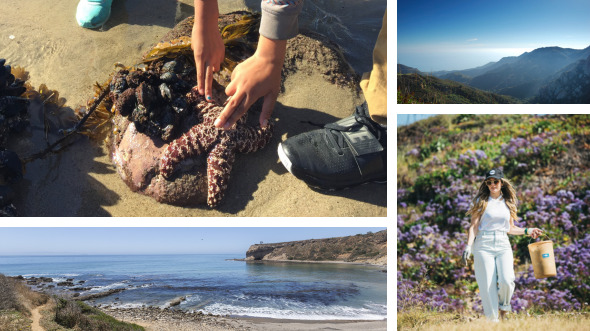
Scroll down for our full #Summit2Sea list of Earth Month events and activities waiting for you to get involved. Don’t forget to stop by our partner events listed below, as well.
Beach Captain’s Training- Virtual & In Person
Tuesday, April 11, 6 PM – 7 PM PST
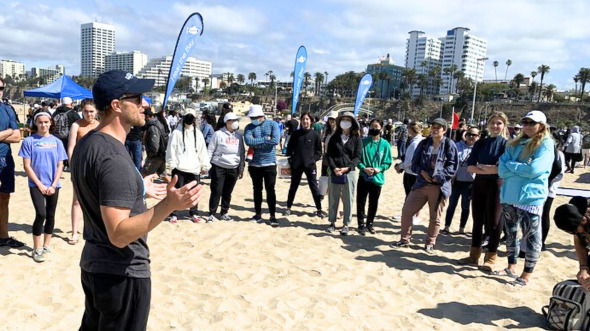
Our monthly Nothin’ But Sand cleanups are public events open for all to join and we couldn’t run these awesome cleanups without the help of our amazing captains & Speakers! Our Beach Captains lead our cleanup volunteers, educate the public on Heal the Bay’s work and mission, help with registration, hand out supplies, fill out community service forms, and represent the organization on the sand. Beach Captain Volunteer Training is a two-step process. First, attend a virtual Beach Captains Volunteer Training, then attend our in-person cleanup to finalize your traininig.
Training Dates:
- Tues, April 11 from 6:00 PM-7:00 PM: Beach Captains Volunteer Training (Virtual Training- Register to receive Zoom Link)
- Saturday, April 15 from 9:00 AM – 2:00 PM first Beach Captain Shift: (In-Person at Santa Monica Beach Tower 1550)
Hundreds of pounds of trash are removed from the beaches of Los Angeles at each Nothin’ But Sand Cleanup, helping to promote safe, clean coastlines for wildlife and people alike. We could not achieve this without amazing volunteer Beach Captains. Ready to dive in?
Register for Beach Captain Training
Nothin’ But Sand Beach Cleanup – In-Person
Saturday, April 15, 10 AM – 1 PM PST

April is Earth Month, so we are amping up our regularly scheduled Nothin’ But Sand cleanup. Come for the great feeling you get when you volunteer, then stay to win prizes at our sponsored raffle. While you’re there, check out our on-the-sand art installation Marina the Mermaid (Artist Andrea Martina Isenschmid), and celebrate your good work with a silent disco party.
Dance your way to a cleaner beach to support Heal the Bay! We are thrilled to partner with World of Sound Productions by offering our cleanup volunteers a unique silent disco dance party experience. DJs will be spinning family-friendly music through your rented headphones for ALL AGES including: EDM, house music, nu-disco, hip hop, Latin, pop and remixes from the 70’s to current day. Headphones will be available for rent on the sand, but you can prebook yours today after you register to reserve your bucket. A percentage of profits will be donated to Heal the Bay to further support our marine and coastal watershed protection work! Reserve your headphones with World of Sound.
A Big Wave of thanks to Golden Road Brewing, Ocean Conservancy, and Los Angeles County Beaches and Harbors for sponsoring this very special cleanup!
Celebrate Earth Month at Heal the Bay Aquarium-
In-Person
Saturday, April 15, 11 AM – 4 PM PST
The award-winning Heal the Bay Aquarium located at the Santa Monica Pier has planned an afternoon filled with fun Earth Month activities. Featuring exciting exhibits and demonstrations, it’s a great way for the entire family to experience the Santa Monica Bay and observe the local animals that call it home.
Heal the Bay Aquarium’s Earth Month Celebration schedule includes:
Aquarium Opens (11 AM): Check out our award-winning animal exhibits, visit with sharks and sea stars in the touch tanks.
Wildlife Observation Station (12:00 PM to 3:00PM): Visitors who walk to the west end of the Pier will find our wildlife station, staffed and stocked with binoculars and bird identification guides.
Sea Star Feeding (1:00 & 3:00 PM): Help Heal the Bay Aquarium staff feed our sea stars their favorite lunch in our Tide Pool Touch Tanks.
Story Time (2:00 PM): Join the Heal the Bay team for a whale of a tale at our Earth Month Themed Story time.
Mini Dance Party (12:00 PM to 4:00 PM (hourly): At the top of each hour, join Heal the Bay in our Dorothy Green Room for a Mini Dance Party to celebrate all things Earth Month.
All Afternoon: Enjoy an eco-themed crafts station, short films, and hands-on pollution displays including our 6-foot-tall Marina the Mermaid art installation (artists Artist Andrea Martina Isenschmid).
Stussy x Heal the Bay Collaboration Launch – Virtual & In-Person
Saturday, April 22, 11 AM – 4 PM PST
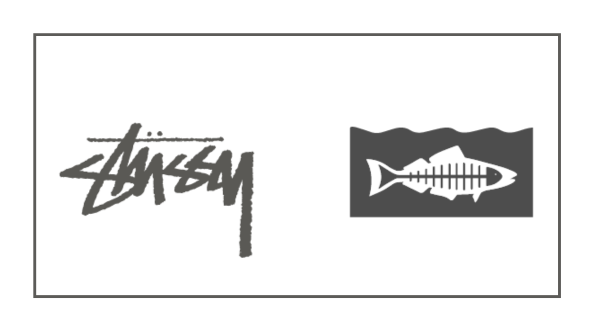

Stüssy and Heal The Bay have collaborated on a capsule collection consisting of two
ecocycle blank co-branded t-shirts, and a mesh hat. 100% of the proceeds from this collaboration will be donated to Heal the Bay to further support our marine and coastal watershed protection work!
Stüssy and Heal The Bay is available at Stussy.com and LA Chapter only on Saturday, April 22, 2023.
Earth Day 2023 Celebration at Heal the Bay Aquarium -In Person
Saturday, April 22, 12 PM to 4 PM PST
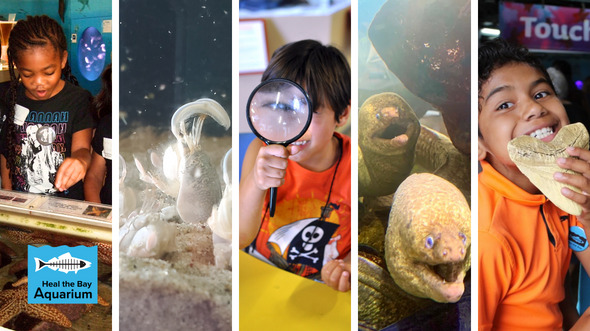

Did you miss out on the Earth Month fun last Saturday? Enjoy the encore of exciting exhibits and activities as Heal the Bay Aquarium celebrates Earth Day on April 22. Come celebrate the wonder of our Earth’s oceans with touch tanks, sea star feeding sessions, story time, an eco-themed crafts station, short films, an on the pier Wildlife Observation Station, photoshoots with our 6-foot-tall Marina the Mermaid art installation, and mini dance parties at the top of each hour.
Earth Day at Heal the Bay Aquarium
Gardena Willow Wetlands Earth Day Celebration & Blue Table Talk- Virtual & In-Person
Saturday, April 22, 11 AM – 11:30 AM
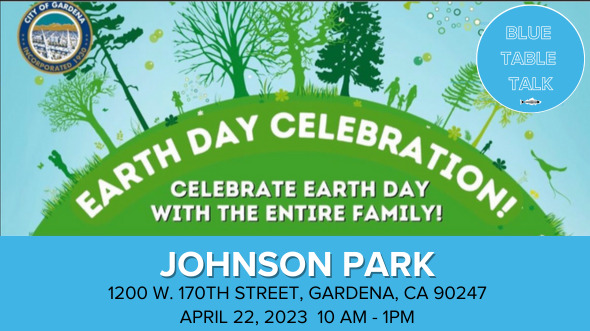

Start the Morning with a wetlands cleanup at Johnson Park from 8 AM -10 AM, then look for the shimmering Heal the Bay Blue Table at the Gardena Willow Wetlands Earth Day Celebration from 10 AM-1 PM where there will be informational booths, food, music, a scavenger hunt, games, and arts and crafts!
Join us for the Blue Table Talk at 11 AM, and take a seat at the table to chat about some of Los Angeles’ most pertinent water topics. Sit down with our watershed experts from Heal the Bay, the Natural History Museum, and TreePeople to ask us anything about water, and its connection to our local habitats. This pop-up roundtable is FREE and open to the public.
Can’t make it to the Blue Table in Person? Follow @cityofgardenaca to join us at the table on Facebook LIVE and then check out @healthebay for the replay!
Watch the Blue Table Talk LIVE
SURFScape -A Consumer-First Experiential Event -In Person
Saturday April 29, 9AM – 5PM & Sunday 30, 9AM – 3PM PST
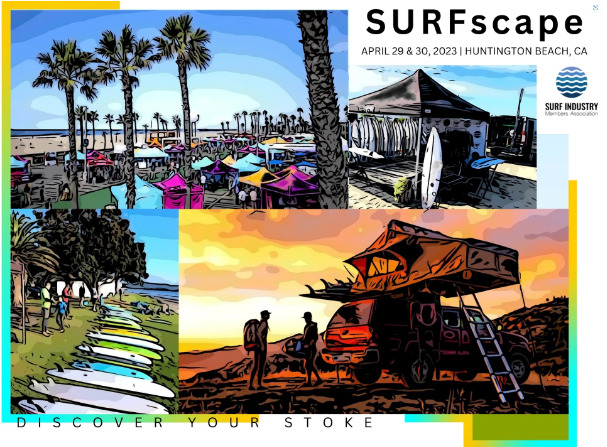

Enjoy an immersive consumer experience featuring the best brands in surf and the outdoors, produced by the Surf Industry Members Association, supporters of the Nowcast Beach Report Card. The event is free to attend and family friendly. Stop by the Heal the Bay Beach Report Card table as you check out tons of outdoor gear demos, listen to inspirational conversations around environmentalism and sustainability, enjoy food, and watch local surfers catch waves.
Earth Month April eDNA Community Science Event with MPA Watch -In Person
Saturday, April 29, 10 AM -1 PM
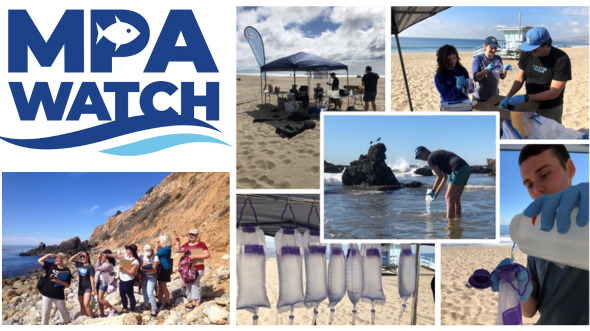

Interested in meeting volunteers and participating in cutting-edge science? We are excited to reintroduce a fun and social Heal the Bay event that will occur monthly in the Malibu Marine Protected Area transects! Heal the Bay is partnering with UCLA again to collect sea water samples in Malibu for an environmental DNA scientific testing program with PhD candidate, Moriah Byrd. All marine life leaves traces of DNA in their environment. eDNA water testing analyzes the quantification of biodiversity in a standardized way within a marine ecosystem, making it an incredible tool to monitor Marine Protected Areas.
Register ASAP as spots are limited.
BioBlitz in the Marsh- In-Person
Saturday April 29, 10 AM – 11:30 AM
Heal the Bay’s Safe Clean Water Program team is adventuring out to Madrona Marsh in Torrance, CA on 4/29 at 10am for an Earth Month BioBlitz. Heal the Bay staff will instruct guests on how to safely observe and document wildlife while discovering more about local marsh ecosystems. Come walk in nature to collect data as part of the 2023 LA City Nature Challenge, sponsored by the Natural History Museum of Los Angeles County and the California Academy of Sciences.
Registration on Eventbrite in advance is required.
Register ASAP as spots are limited.
Heal the Bay Earth Month 2023 Tabling Calendar
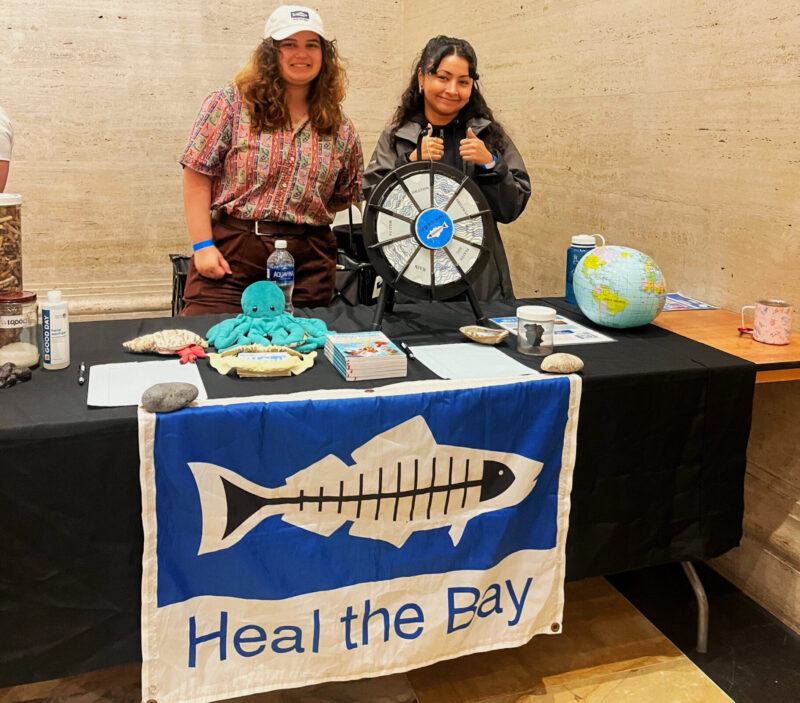

Check out our list of Earth Month events hosted by some of our favorite social, environmental, and partner organizations across Los Angeles. Stop by Heal the Bay’s Outreach table while you’re enjoying Earth Month fun around Los Angeles County this April.
LA Galaxy Easter Egg Hunt and Earth Month Celebration, Dignity Health Sports Park: Track and Field Stadium, April 7, 12 PM
FOLAR Earth With Us Great LA River Cleanup, Golden Shore Marine Biological Reserve, 201 Golden Shore Long Beach, CA 90802, April 22, 8 AM
LASAN Earth Day LA Expo, Hyperion, 12505 Vista Del Mar, Playa del Rey, April 22, 10 AM
Earth Day at Gardena Willow Wetlands, 10 AM
20th Annual Earth Day Celebration at the Beverly Hills Farmers Market, April 23, 9 AM
The City of Alhambra Utilities Department 2023 Eco Fair, 100 S Second Street Alhambra, CA 91801, April 23, 8 AM -1 PM
Earth Day Celebration 2023 at Wilderness Park, , April 22, 2 PM & April 23, 3 PM
Kids Beach Cleanup Event (Plus Traveling Tidepool, Arts & Crafts, & More), Dockweiler Youth Center, Playa del Rey, CA, April 29, 9 AM- 12 PM
All Earth-Month-Long at Heal the Bay
Take the Pledge: Start your Commitment to Conservation
All Month Long
Take Heal the Bay and Metropolitan Water District of Southern California’s ONE Water pledge for a step by step guide on saving water indoors and outdoors during the drought. The Dashboard.Earth app connects Angelenos to the climate solutions that matter most in their neighborhoods and makes it easy and rewarding to take action. Together, we can brighten Los Angeles’ water future.
Capture the QR code above to begin the ONE Water Pledge. Already on a mobile device? Download the App.
ACTION LINK(S)
FREE Beach Wheelchair Rentals & Beach Exploration with Heal the Bay Aquarium – In person
All Month Long 9:30 AM – 11 AM PST
Need a Beach Wheelchair to enjoy some fun in the sun? Everyone should be able to enjoy a day at the beach, so come to Heal the Bay Aquarium to access our manual, beach wheelchairs, available for FREE public rentals.
Heal the Bay’s Beach Wheelchair rental program helps provide accessibility to one of nature’s most inspiring and critically important resources, and was made possible thanks to funding from The Coastal Conservancy. Learn more about our Beach Wheelchair Rental Program: https://healthebay.org/beach-wheelchairs-santa-monica-pier/
Gear Up for Earth Day with Heal the Bay
All Month Long
Nothing says Earth Day like swag from Heal the Bay. Use promo code EARTHLOVE for 15% off everything in the Heal the Bay online store from April 1 – April 30, 2023.
Make waves for a sustainable future in Greater Los Angeles, by making your Earth Month donation to Heal the Bay.
- Inspire Local Youth: Your $25 gift can provide 1 student with a marine science education experience.
- Tackle Toxic Plastics: Your $50 gift can train 2 volunteers to fight plastic pollution with strong advocacy.
- Restore Our Rivers: Your $100 gift can underwrite 1 week of water quality monitoring in local freshwater spots
- Protect Clean Water: Your $500 gift can fund campaigns to hold polluters accountable for pollutants in the Bay



